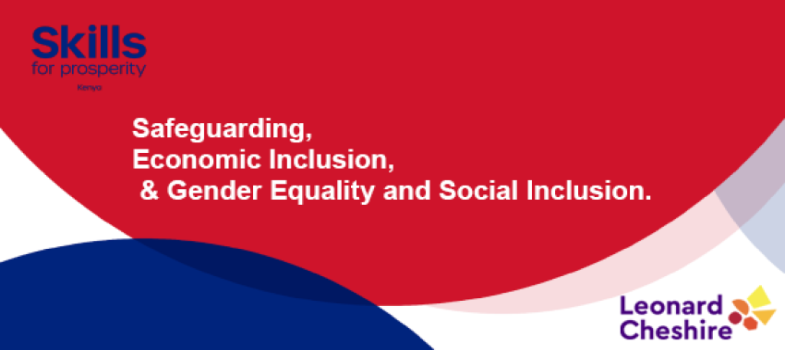1.1.8 Examples of Barriers to Accessing Skill Building Opportunities

- Limited access to information on training options;
- Non-attainment of entry requirements to TVET/HE courses (education levels, language, passport/ID);
- Inaccessible recruitment process;
- Language barriers;
- Non-supportive family/community stereotypes (e.g. related to gender, disability, etc.), and;
- The opportunity cost of time (e.g. not working).
- Inaccessible transportation or expensive transport;
- Long distance between the institution and home;
- Restricted mobility based on social norms (gender and disabilities), and;
- Safety and protection concerns.
- Inaccessibility of training facilities;
- Unadaptable teaching pedagogies and methods for persons with disabilities;
- The curriculum is unaligned with current market demand;
- Limited upskilling and reskilling opportunities, and;
- Assessments and examinations are not inclusive and are not adapted.
- No defined pathways to employment (internships, apprenticeships, job placements, etc), and;
- Weak partnership with employers.

| Previous | Next |






